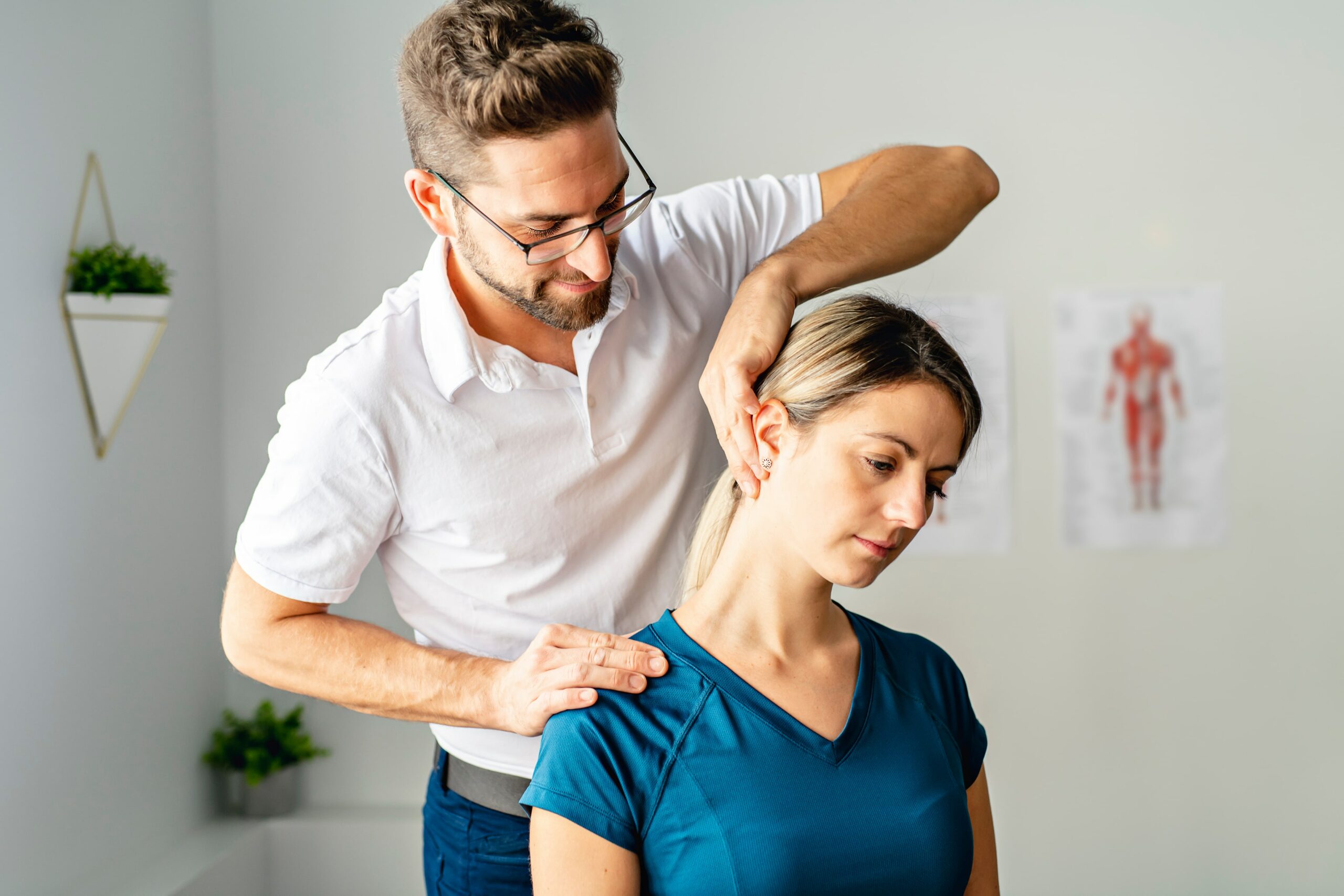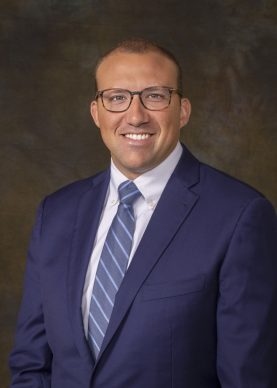Diagnosis and Treatment of Kyphosis in Wake County

What is Kyphosis?
Kyphosis is a condition that results in an abnormal curve of the spine. The spine typically has a natural curve, but in people with kyphosis, the curve is exaggerated. This condition can cause pain and discomfort in the neck or back and may lead to difficulty breathing. Kyphosis can occur at any age, but generally develops during adolescence.

What Causes Kyphosis?
Several factors contribute to the development of kyphosis, including congenital defects, scoliosis, muscular dystrophy, or spinal trauma. However, most cases occur when the spine does not properly develop in childhood or when the spine bones are damaged or weakened. Kyphosis can also be a result of poor posture or slouching.
Kyphosis Risk Factors
Several risk factors can lead to the development of kyphosis, including the following:
- Arthritis
- Osteoporosis
- Spondylolisthesis
- Connective tissue disorders
- Paget’s disease
- Polio
- Muscular dystrophy
- Neurofibromatosis
- Spina tuberculosis
- Spina bifida
- Scoliosis
- Spine Injuries
- Poor Posture
Symptoms of Kyphosis
Common symptoms of kyphosis include:
- Hunched posture
- Pain in the back or neck
- Difference in shoulder height
- Fatigue
- Stiffness
- Muscle weakness
- Difficulty breathing
How is Kyphosis Diagnosed?
Orthopedic doctors usually diagnose kyphosis with a physical examination and imaging tests, such as X-rays or MRIs. Your doctor will also check for signs of nerve compression, such as numbness, tingling, or weakness in your arms or legs.

Treatment for Kyphosis in Wake County, NC
Treatment for kyphosis will vary depending on the severity of the condition and the underlying cause. For milder cases, treatment may not be necessary. In more severe cases, however, treatment may involve wearing a back brace or undergoing surgery to correct the deformity.
The condition is usually treated with a combination of physical therapy and bracing. Treatment typically involves exercises and stretches to improve posture and strengthen the back muscles. For instance, gentle stretching exercises can help to lengthen the muscles around the spine, while strengthening exercises can help to support the spine and prevent further curvature. In addition, activities like yoga can help to improve posture and increase awareness of the body.
Surgery for kyphosis is usually effective in correcting the curvature and relieving symptoms. The type of surgery performed will depend on the severity of the kyphosis and the age of the patient, but typically involves a surgical technique called a spinal fusion. In general, patients who are younger and have less severe curvatures are more likely to benefit from surgery. The goal of surgery is to improve the alignment of the spine and reduce pain.

Kyphosis Recovery Time
If you are getting a spinal fusion for kyphosis, you may have to stay in the hospital for up to a week after the operation and wear a back brace to support your spine. You should be able to return to work after 4 to 6 weeks.
How Can I Prevent Kyphosis?
Fortunately, there are many ways to prevent kyphosis. First and foremost, maintain good posture. When sitting or standing, be sure to keep your shoulders back and your head up. You should also avoid activities that put undue stress on your back, such as lifting heavy objects or participating in contact sports.

Expert Back Care at Raleigh Orthopaedic
At Raleigh Orthopaedic, we are committed to providing expert care to our patients. We offer many services to help relieve pain and improve function, including spinal injections, physical therapy, and surgery. We also provide education and support to help our patients understand their condition and make informed decisions about their treatment. Contact us today to book an appointment at one of our clinic locations.

